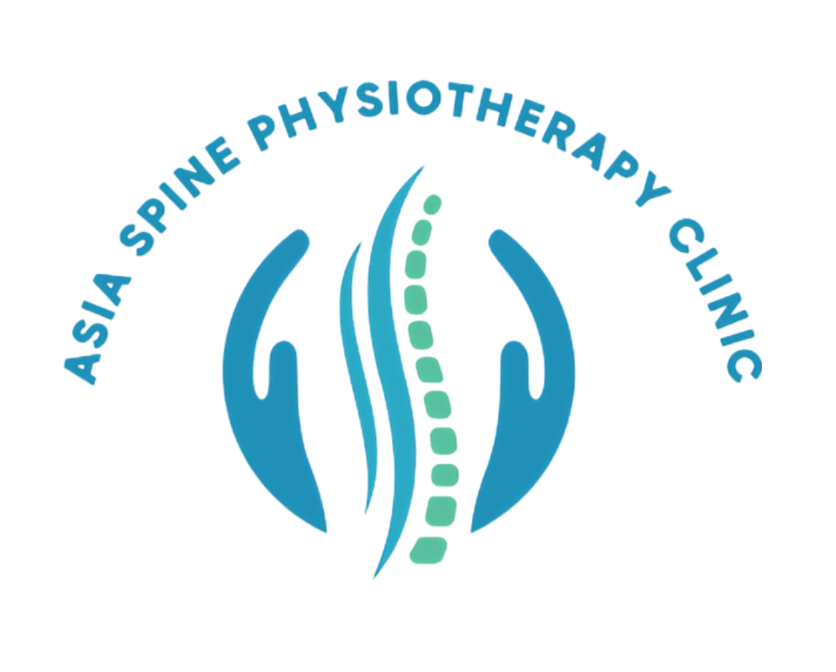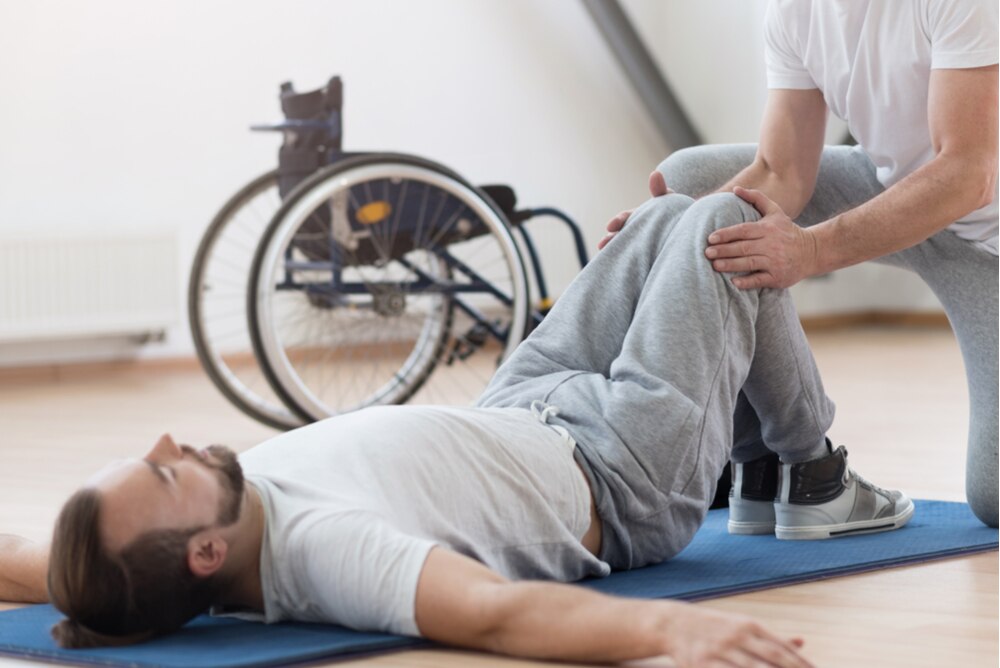+918048034108

This is your website preview.
Currently it only shows your basic business info. Start adding relevant business details such as description, images and products or services to gain your customers attention by using Boost 360 android app / iOS App / web portal.
Description
Neuro Physiotherapy Rehabilitation is a specialized area of physical therapy focused on the treatment and rehabilitation of individuals with neurological conditions that affect the nervous system, including the brain, spinal cord, and peripheral nerves. This type of rehabilitation aims to improve mobility, strength, coordination, balance, and overall quality of life for patients dealing with neurological disorders. Neurological conditions can result from stroke, traumatic brain injury, spinal cord injury, neurodegenerative diseases (like Parkinson's disease or multiple sclerosis), and other conditions that impair the function of the nervous system. Neuro physiotherapy helps patients regain lost function, manage symptoms, and adapt to their new physical abilities. Key Goals of Neuro Physiotherapy Rehabilitation: Restoring Movement and Function: Improving or regaining functional movements and activities, such as walking, sitting, standing, and daily tasks like dressing or eating. Enhancing Mobility and Balance: Helping patients restore their ability to move safely, regain balance, and prevent falls. Reducing Pain and Spasticity: Alleviating discomfort caused by muscle tightness, stiffness, or abnormal postures often associated with neurological conditions. Improving Coordination: Re-establishing the communication between the brain and muscles to help with coordinated movements. Promoting Independence: Supporting patients in achieving the highest level of independence possible in daily activities, both at home and in the community. Common Conditions Treated in Neuro Physiotherapy Rehabilitation: Stroke: One of the most common causes of neurological disability, leading to weakness, paralysis, or loss of coordination on one side of the body. Traumatic Brain Injury (TBI): Damage to the brain caused by an external force, leading to impairments in cognition, movement, and sensory function. Spinal Cord Injury (SCI): Damage to the spinal cord, often resulting in paralysis (paraplegia or quadriplegia), loss of sensation, and impaired function. Parkinson’s Disease: A neurodegenerative disorder that causes tremors, rigidity, bradykinesia (slowness of movement), and balance problems. Multiple Sclerosis (MS): An autoimmune disease that affects the central nervous system, leading to fatigue, motor impairments, and sensory changes. Cerebral Palsy: A group of disorders affecting movement and posture, caused by brain damage occurring before, during, or after birth. Peripheral Neuropathy: Damage to the peripheral nerves, often causing weakness, numbness, and pain, particularly in the hands and feet. Guillain-Barré Syndrome: An autoimmune disorder that attacks the peripheral nervous system, leading to muscle weakness and paralysis. Balance and Gait Disorders: Conditions like vestibular disorders that affect the ability to maintain balance and walk properly. Key Components of Neuro Physiotherapy Rehabilitation: Assessment and Diagnosis: The physiotherapist conducts a thorough evaluation of the patient’s condition, including strength, mobility, posture, coordination, balance, and any neurological deficits. This helps to create an individualized rehabilitation plan. Movement and Gait Training: Neuro physiotherapists help patients re-learn how to move and walk, using exercises and techniques to improve coordination, posture, and stability. Walking aids, such as canes or walkers, may be used to enhance mobility during rehabilitation. Gait training might involve specialized techniques like task-specific training or body-weight supported treadmill training. Strengthening Exercises: Focused on strengthening muscles that have weakened due to the neurological condition. This could involve exercises to target specific muscle groups or functional training to mimic real-life movements. Balance and Coordination Training: Exercises to improve balance, proprioception (the sense of where the body is in space), and coordination. These can include standing exercises, dynamic balance training, and activities that challenge stability and movement control. Motor Skill Re-education: Neuro physiotherapists use techniques like neuromuscular re-education to help retrain the brain and muscles to work together effectively. This often involves repetitive, goal-oriented practice. Constraint-Induced Movement Therapy (CIMT), where unaffected limbs are temporarily restrained to encourage the use of the impaired side, may be used in stroke rehabilitation. Spasticity Management: Patients with conditions like stroke or cerebral palsy may experience spasticity (muscle stiffness and tightness). Physiotherapists employ techniques such as stretching, soft tissue mobilization, and positioning to manage and reduce spasticity. Functional Training: Involves the patient performing real-world tasks to improve functional independence. This may include exercises to help patients with activities such as dressing, bathing, cooking, or driving. Adaptive techniques and devices might be incorporated into therapy to help patients adapt to changes in physical abilities. Pain Management: Pain relief is crucial in neurological rehabilitation, especially in conditions like multiple sclerosis or spinal cord injury. Physiotherapists use modalities such as heat and cold therapy, TENS (transcutaneous electrical nerve stimulation), ultrasound therapy, and manual therapy to reduce pain and muscle tension. Patient and Family Education: Education plays a significant role in neuro physiotherapy. Therapists help patients and their families understand the condition, how to manage symptoms, and how to perform daily activities safely. Home exercise programs are often prescribed to ensure continuous progress outside of therapy sessions. Assistive Devices: Physiotherapists may recommend various assistive devices, such as braces, walkers, or wheelchairs, to support mobility and function. They also provide training on how to use these devices effectively.


